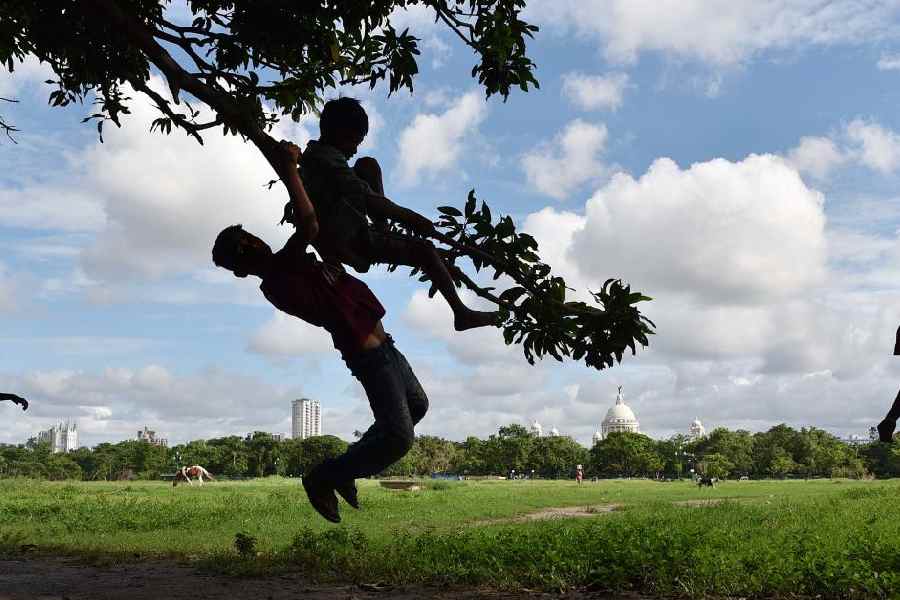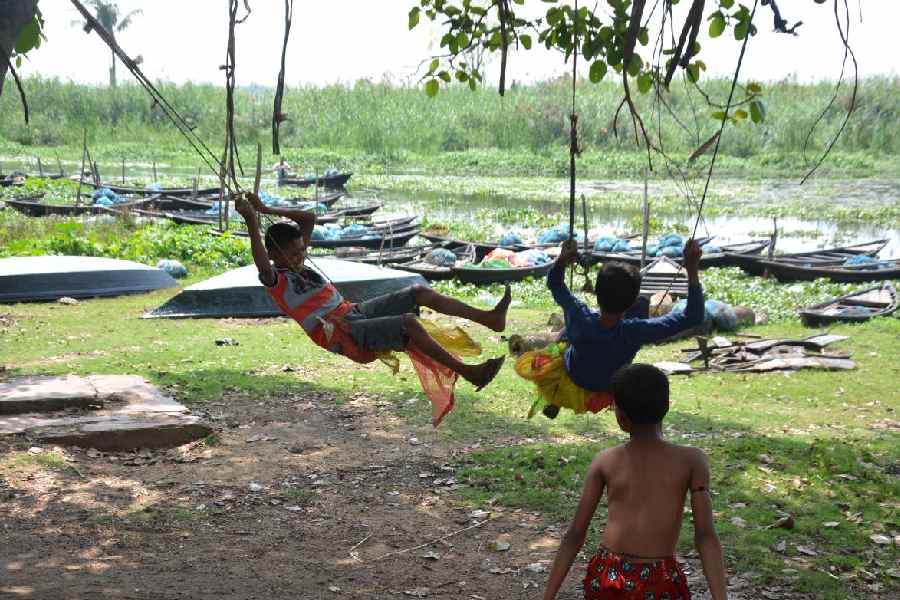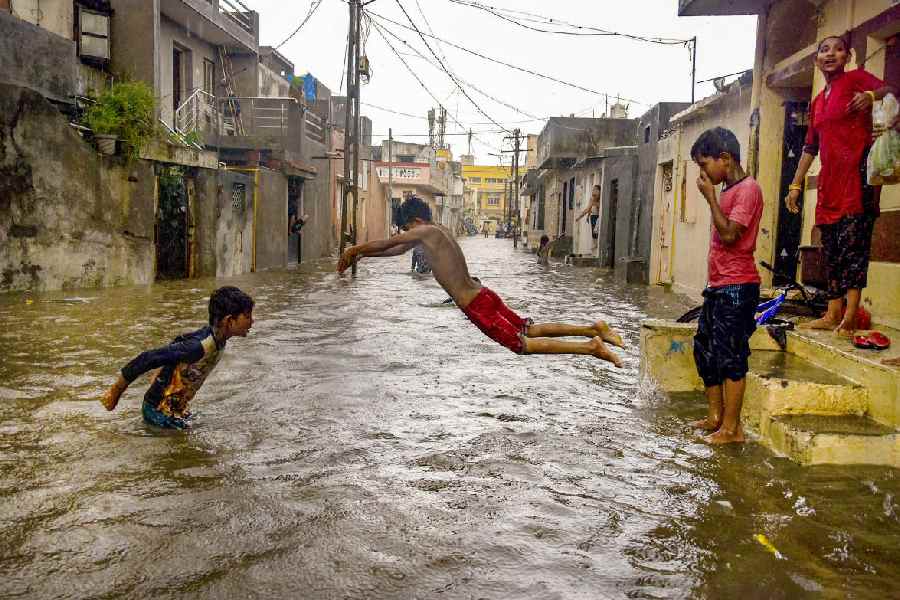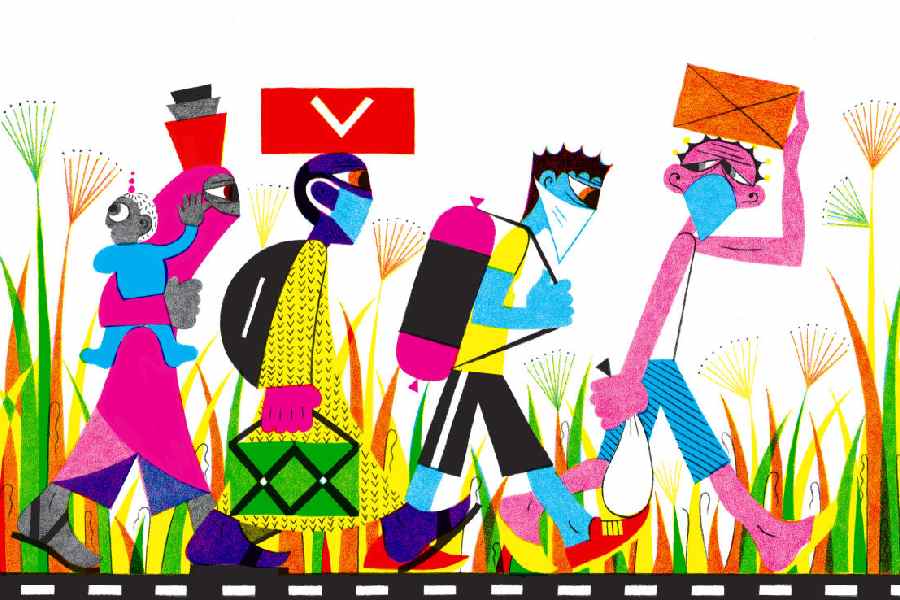Why do some people continue to live in faraway villages, even when life becomes very difficult there? Every year, how many children die before their fifth birthday? What percentage of them could have been protected if they had access to proper vaccines or mosquito nets? Will you stand up for weaker people when they are bullied?
The book Poor Economics for Kids by Esther Duflo and Cheyenne Olivier raises some of these questions. Not surprising, you might say of a book which has in its title the words “poor” and “economics”, but certainly little expected of anything that claims to be “for kids”. In these times at least.
Sometimes it feels like we are on the cusp of a churn. Right or delusional, it felt like that a week into the Indian election results, which is when I spoke to Duflo and Olivier on Zoom about their soon-to-be-published book. (Poor Economics for Kids published by Juggernaut debuted in India on July 3.)
One felt a bit invincible. It felt like some of the blinkers had been cast aside. At such a time it seemed only fitting that a Nobel laureate should talk about economic choices, the poor, the experience of poverty with all its challenges as “a world that is both very near us and very far, a world both very different and yet intensely familiar” in the Foreword to a book for, yes, children.
Those introductory words belong to Abhijit Banerjee. He, Duflo and Michael Kremer won the Nobel prize in economics in 2019 “for their experimental approach to alleviating global poverty”. Duflo is professor of economics at MIT and College de France. The equal tone of the Foreword permeates the book. Says Duflo, “I have always, always believed that children are more open than adults.” She continues, “And I think it is a terrible attitude if you are a writer to think that you are in any way superior to the person who is going to read you. You combine these two and for me it is so obvious that you can say everything to children.”

Children playing at Maidan. The Telegraph
A sociology professor at Calcutta’s Presidency University says, “In Bengal, children’s periodicals like Mukul published essays on history and science since the late 19th century. From some years before Independence, newspapers such as Anandabazar Patrika and Jugantar introduced children’s pages that routinely featured ‘news’ from India and elsewhere. These pages even discussed issues such as fascism, communal violence and corruption in ways they deemed appropriate for children.”
Poor Economics: A Radical Rethinking of the Way to Fight Global Poverty by Banerjee and Duflo was published in 2011. Duflo says, “As soon as we had written it, I wanted to do a children’s version. I thought it would be important.”
Among the many reasons for the delay was the search for an illustrator who would share the same philosophy, speak the same idiom. Then she met Olivier and during the pandemic and lockdown, they got to “hammer out enough details”.
Says Duflo, “It was a very collaborative process; there was no sense of hierarchy between the story and the drawing in either direction. This is really something we did together. The story is very important, it is not just background to the images. And the images are very essential, they are not justthe illustration of the point that is being made.”
Bright colours fill the pages. Skin tones are not realistic. Cultural references are not specific to any particular place. Trees are striped and stones are never just stones, there are animals, birds, clouds, vege-tables, flowers, mosquitoes even. Olivier says, “These were all conscious decisions. Esther asked me to create a full universe.”
Even the ground beneath the feet of the characters is “happening” visually, teeming with details, patterned, not solid, mostly curved. When I remark on it, Oli-vier says, “This is to integrate one of the core visual and conceptual elements in poor economics which is the curve, the S and L curves representing poverty.”

Children playing in Ashisnagar in Durgapur. The Telegraph
How Olivier’s images will be read by children is a question only they can answer. Ahana Chaudhuri, 6, who goes to an English medium school in south Calcutta, prattled on about Nilou’s orange hair and “cute frogs”. Mou Maity, 10, who goes to a Bengali medium school in Ariadaha, said she would have liked textbooks like these. When she heard the story “Nilou skips school” in translation, she said, “Amaro emni hoy.” (Vernacular versions including Bengali ones are being published by Pratham Books.) Mou could identify. Ahana, possibly not. Near. Far.
The stories in the French original — there are 10 volumes in all — have a non-fiction part, an essay forparents. In the English version there are 10 chapters but one narrative.
The Presidency professor who knows of the book but shall remain unnamed, says, “Like writers, educationists and journalists of the late 19th and early 20th centuries, the writers here are convinced that children should also know, not simply of poverty, but of lives, practices, choices of the world they inhabit.”

Children play on a waterlogged street after monsoon rains, in Rajkot. PTI
Do Duflo and Olivier have an expectation of what the book might do? Of who will read it? The reading child in India, one assumes, is the privileged child — better means, easier living, social insulation, a certain range of experiences. What will children of privilege make of such a book?
Replies Duflo, “True, the English edition will possibly be picked up by privileged children. That is why we added for them the essays at the end. So a 12-year-old would be able to pick it up and understand and ask questions. Hopefully parents will pick it upfor younger children. We hope the stories will appeal to children with an experience of poverty and those without it.”
She pauses and adds, “Kids are kids, wherever they are, whatever experiences they have had, they are still open-minded. We are not trying to convey our own views and ideologies. We hope kids will ask questions and maybe get rid of some things that looked self evident to them.”











